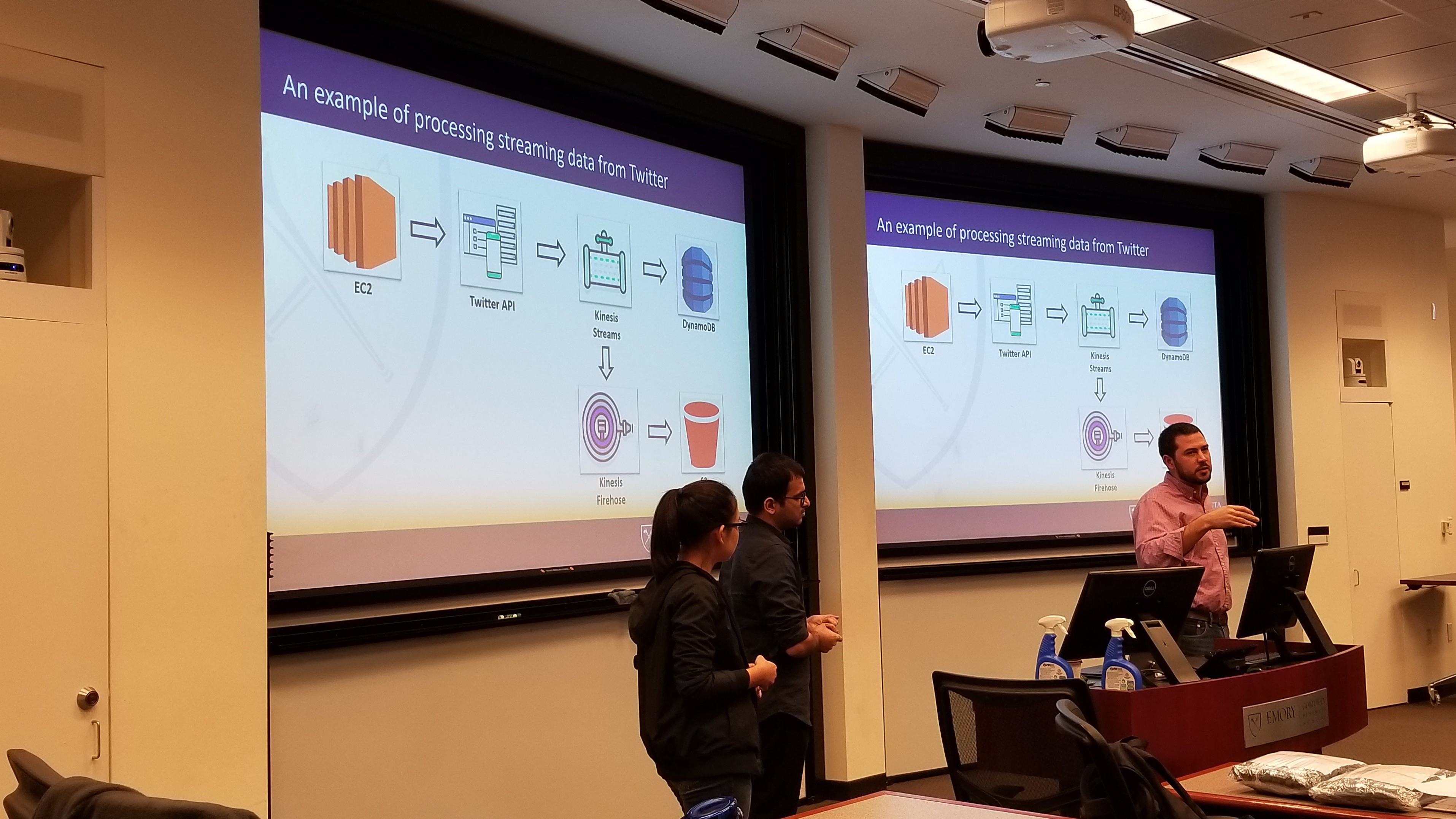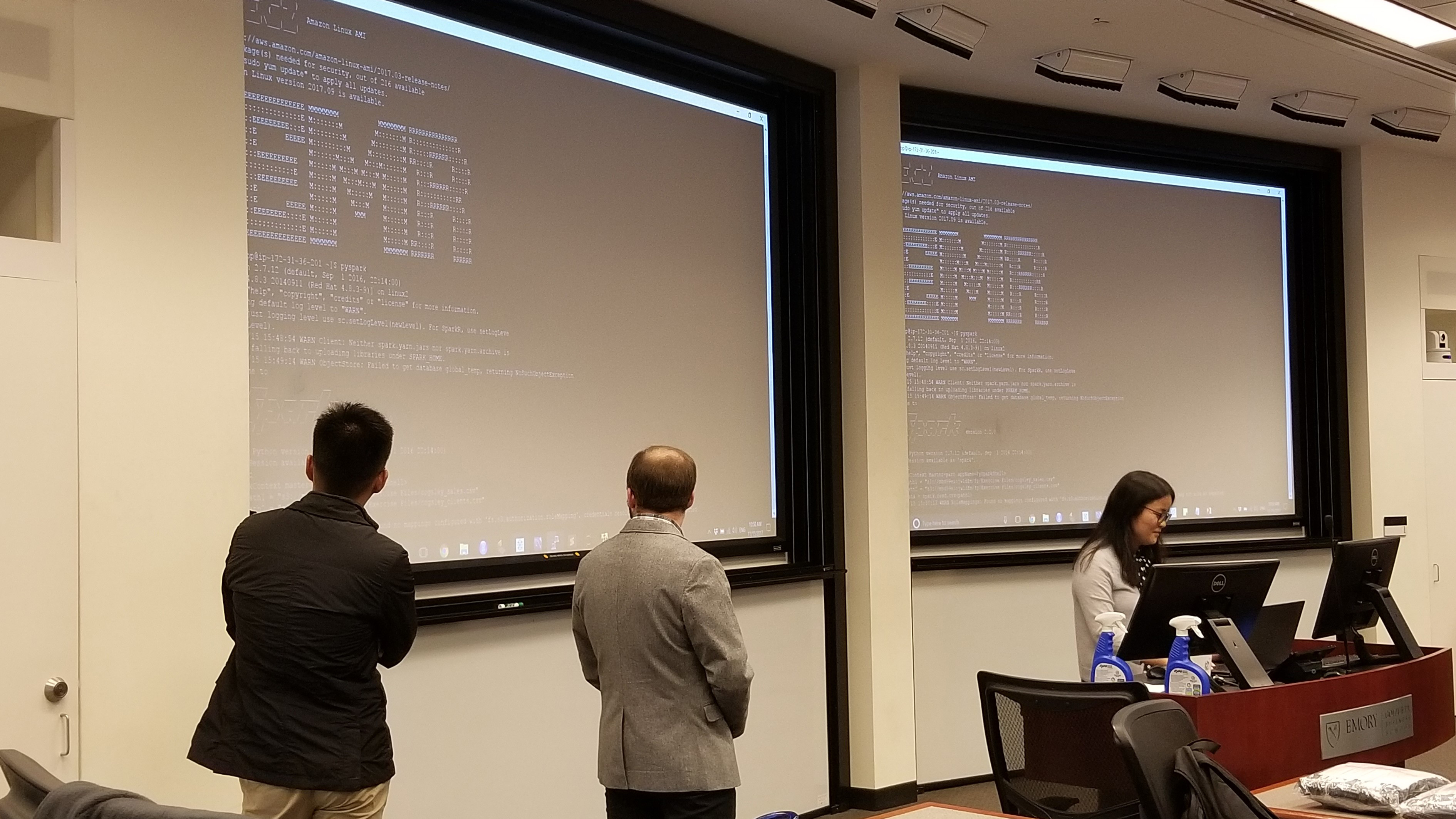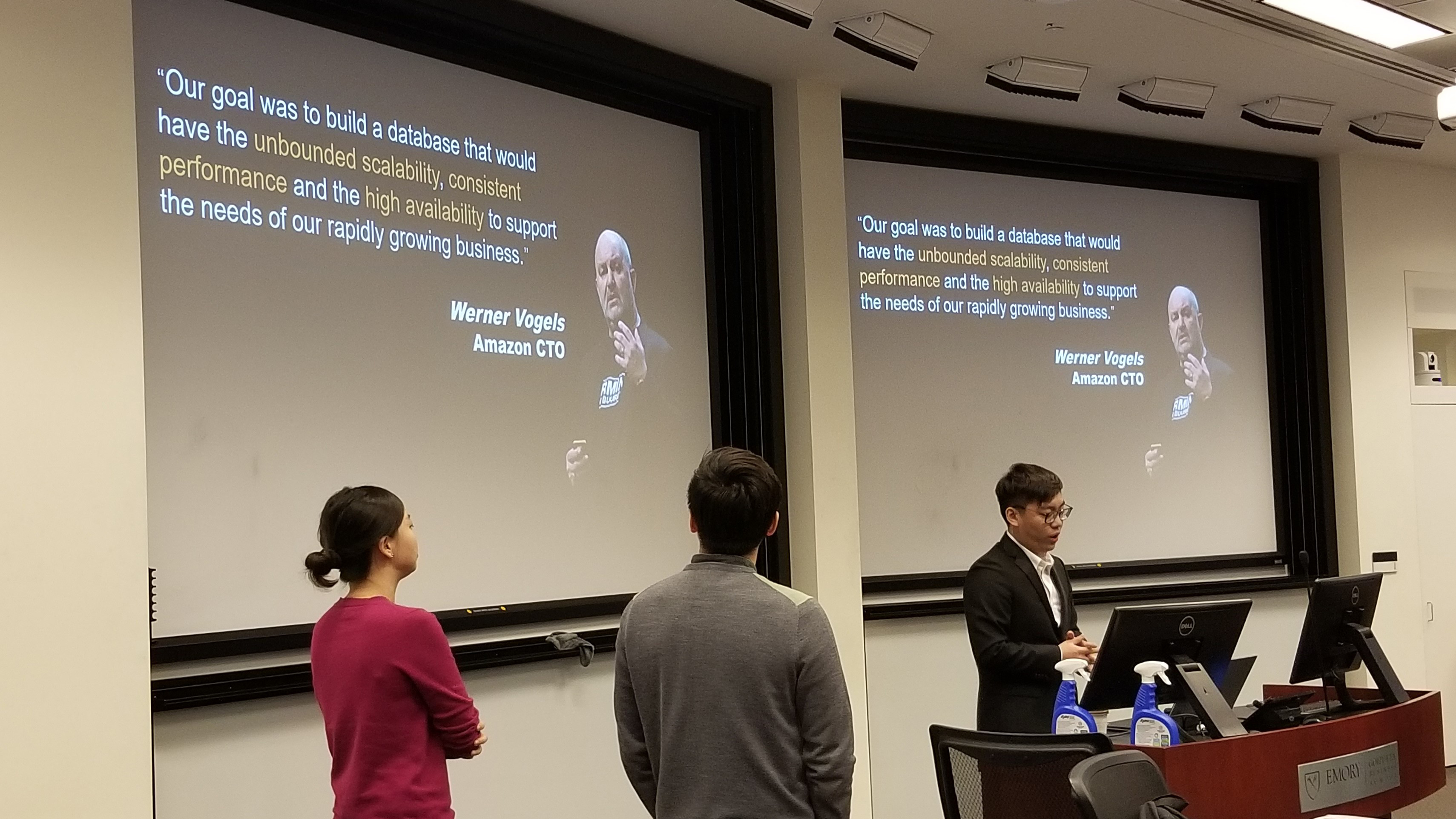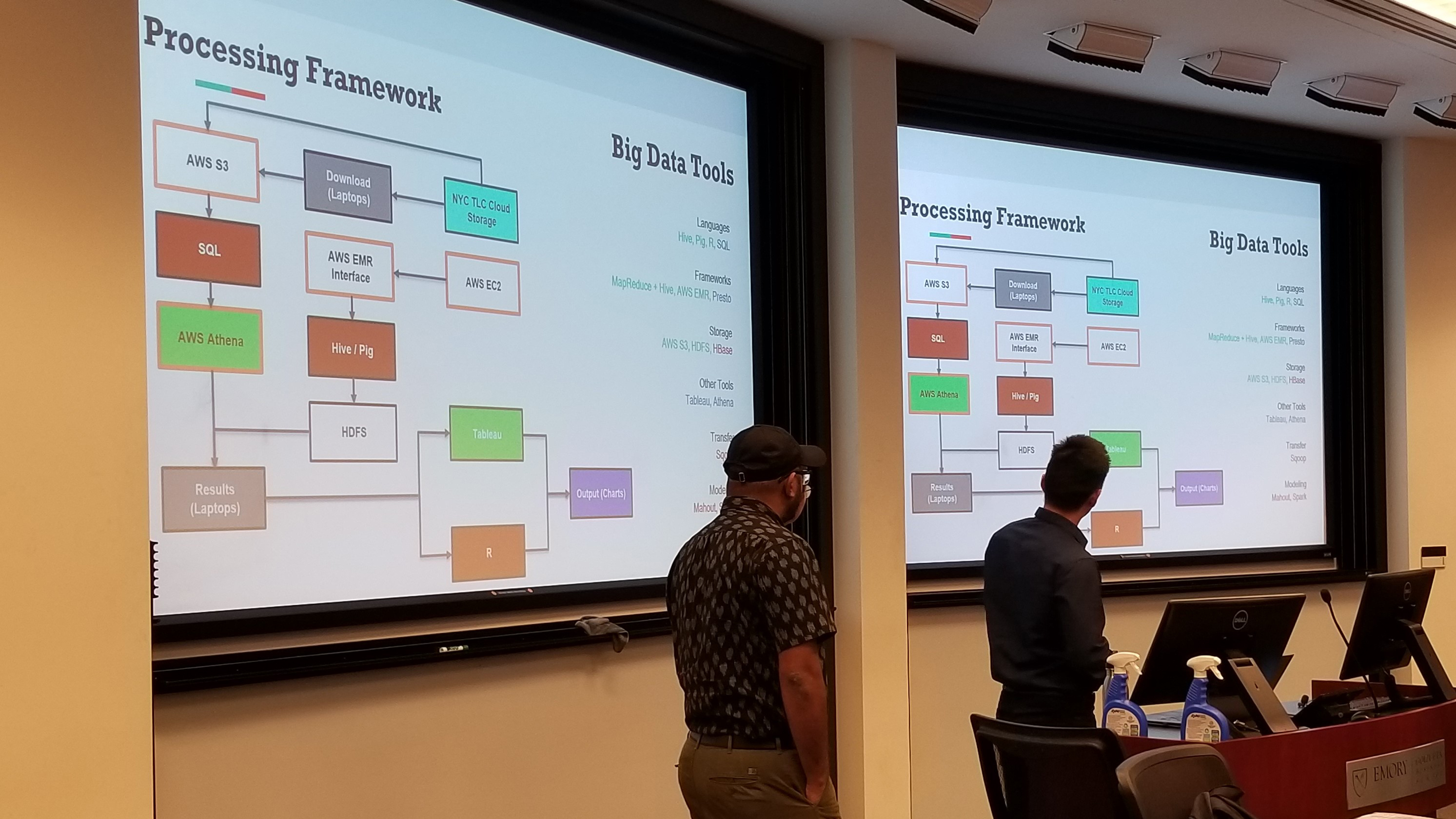Interactive peer learning among business data scientists
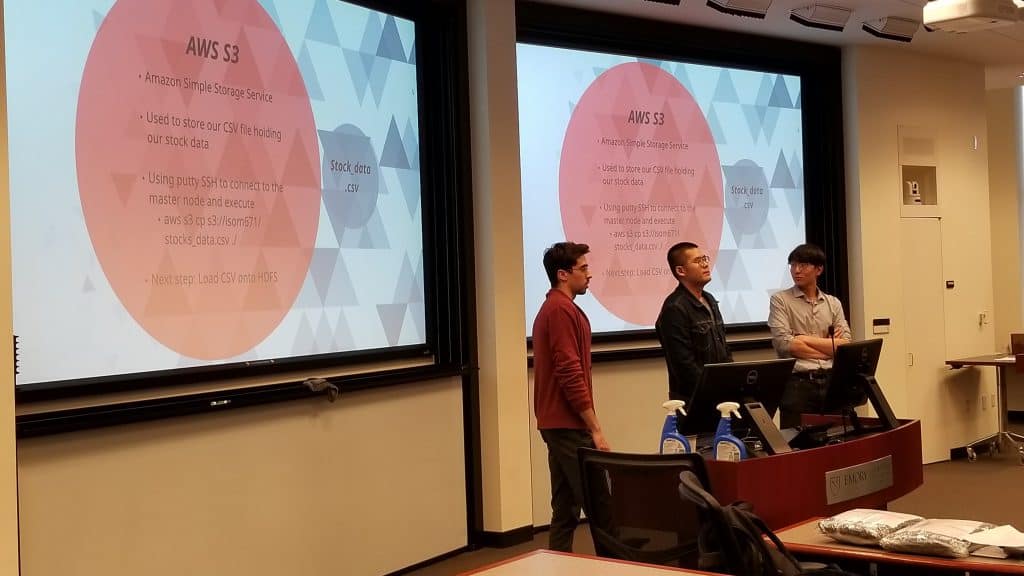
Last semester, my classmates and I took a course named Managing Big Data with Professor Panagiotis (Panos) Adamopoulos. Since big data is fast-moving and its ecosystem has become increasingly more complicated, we learned a wide variety of big data tools in this class, such as SQL, NoSQL, AWS, Hadoop, Hive and others within the Apache Ecosystem. However, as new tools and methods of managing data are constantly invented in this emerging field, class time is always limited to cover them all. Luckily, we were given the opportunity to explore evolving topics ourselves through a final course project, as each team shared their research results with the whole class. Overall, the entire cohort presented eight new tools beyond the syllabus of the class. Everyone was able to take away knowledge that they found interesting and useful from their peers beyond what they could attain individually. I feel that this efficient style of studying can be defined as “interactive peer learning.”
To give you an example, my teammates, Agnes (Yang) Liu and Nate Silverblatt, and I decided to present Google Cloud Dataprep to our class of future business data scientists. Google Cloud Dataprep is a newly emerging but extremely powerful data cleansing tool designed to effectively expedite the data preparation process in the data science realm. We spent days and days researching this new product to understand how it worked. We even made a demo video for our classmates to help them visually understand how to use this invention on a real-world dataset. My team received a lot of positive feedback from peers for sharing a valuable analytics tool, and we were happy that our hard work paid off. As far as I know, every team encountered different challenges while they delved into a new area. However, we all managed to resolve any project issues either by spending more time practicing and researching or asking for help from faculty. As a result, every team put in strong efforts to study an interesting topic and deliver an informative presentation to their peers, who all acquired new knowledge that would be helpful for their future careers.
As our teams went through the final project, I realized that each of us played the roles of researcher, teacher and student. From exploring an innovative tool on our own to becoming “subject matter experts” in the classroom, we learned to wear different hats throughout the process. Data science is a cutting-edge field, and big data is a bleeding-edge space, so it is critical for us to be familiar with the latest trends through both self-exploration and interactive peer learning. As eager problem solvers and knowledge absorbers, we scratched the surface of the business analytics world with our final project and will now dive deep into our capstone projects.

